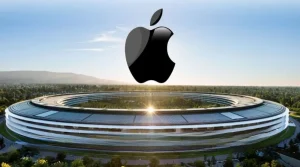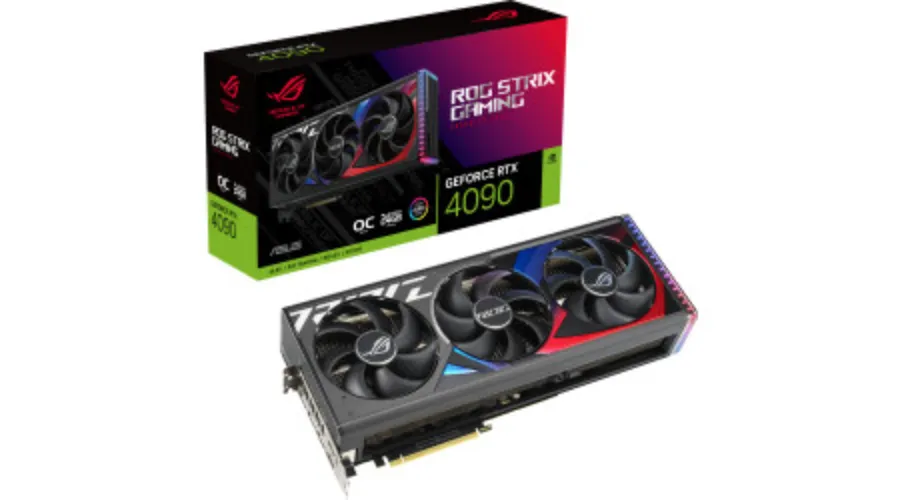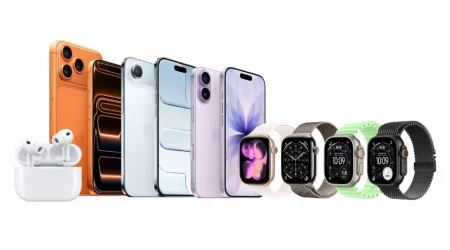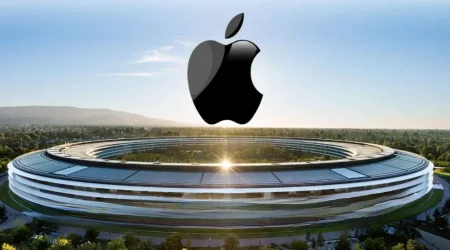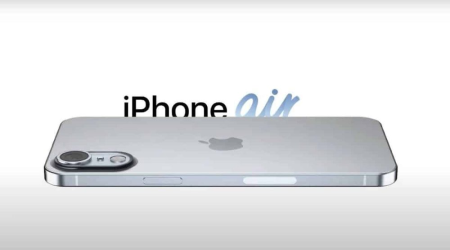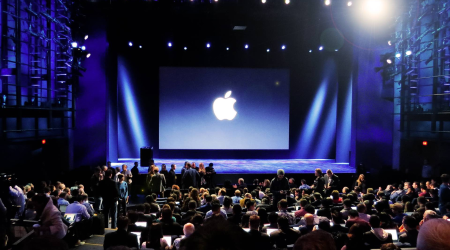Graphics cards are usually called Graphics Processing Units; they are hardware or computer expansion cards that are used to generate a feed of graphics output to a display monitor. They are also referred to as discrete or dedicated Graphics cards. These cards are also mainly responsible for 3D graphics, videos, and rendering images.
Graphics cards also emphasise the integration of the graphics processor on the motherboard. They are also portable to connect as an eternal component. These cards are designed to tackle the complex mathematical and computational tasks and challenges that are needed for displaying visual content on a monitor. If you need to get offload work or reduce memory-bus-contention from CPU or from RAM having a graphic card will save you a ton.
Key Advantages of Graphics Cards
If you are wondering why you would need a graphic card then here are some key advantages that come with a graphic card.
- They are primarily intensive when it comes to enhanced graphics performance. It can significantly boost your graphic performance beyond your technical expectations. They come with dedicated processors which then render high-quality images and videos on a display monitor.
- Having graphics cards can improve your gaming experience because a card renders not only high quality graphics but high frame rates. By rendering a realistic graphic, you will feel more immersed in the game.
- A graphic card comes in handy when you need it for editing or for higher rendering tasks. With the video editing software, you can easily leverage a graphic card to expedite tasks such as decoding or encoding and this in return saves time.
- Graphics cards can add so much to technical assistance for 3D modelling and CAD, both in the field of architecture and engineering where 3D modelling is needed. A graphic card can intricate amazing models which can enhance the designing and visualising processes.
- Graphics cards are designed for parallel processing and therefore they can easily integrate multiple tasks together.
- Moreover, graphics cards come with their own designated memory space. This will optimise the memory capacity without consuming a lot of memory space from other devices such as RAM.
- When you need to use multiple monitor support or screen, a graphic card can smoothly get you connected to multiple screening. This in return can enhance getting multiple tasks done simultaneously.
- The best thing about the graphic card is that it can easily be upgraded when required. This allows the users to not only enhance the graphics performance but also improve the functionality of their computer without having to replace it.
Top Collection of Graphics Cards for Enhancing Technical Assistance
With Idealo explore some of the best Graphics cards all at affordable prices that will ease your technical experience.
1. Sapphire Radeon RX 7900 XTX

The Sapphire Radeon RX 7900 XTX is an excellent portable single GPU graphics card. It comes with a memory capacity of 24GB and a memory frequency of 20 GB. The interface memory capacity is 384 bits. The card has a base chip frequency of 1900MHZ and a smooth screen fineness for engraving is 5nm. If you need a graphic card that will ease your work for a variety of purposes both for personal use and for professional use the Sapphire Radeon RX 7900 XTX is a must-buy accessory.
Also Read: Shop For Convenient Bluetooth Speakers For Daily Use!
2. MSI GeForce RTX 4060 Ti

The MSI GeForce RTX 4060 Ti is also an excellent single GPU graphics card that will simply boost your computational tasks whenever you need. The card has a memory type of GDDR6 and it’s designed with a memory interface of 128 bits and a memory frequency of 18GB. The MSI GeForce RTX 4060 Ti can come in handy in many ways for high graphics enhancement, for integrating multiple screenings from different computers, and more.
Moreover, the card is suitable for connecting to your gaming consoles if you are a gamer.
3. XFX Radeon RX 6950 XT
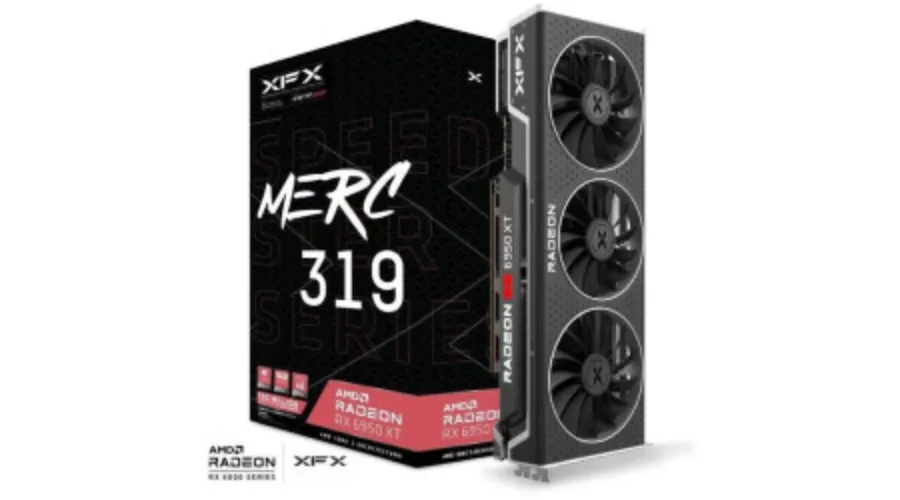
The XFX Radeon RX 6950 XT is a single GPU graphics card with a base chip frequency of 2100MHz and a chip boost frequency of 2368MHz. Extended card memory is 16 GB, and the memory interface is 256 bits while the memory frequency is about 9000MHz. This graphic card is excellent for getting all your computation tasks done efficiently and it’s great to use it for both personal use and for professional purposes.
4. Asus GeForce RTX 4090
If you need something more enhanced and enduring, the Asus GeForce RTX 4090 is an excellent choice for sure. It’s a G-Sync card and a Single GPU Graphics card. The card comes with dual bios, a TDP of 450 watts, a memory frequency of 21 GB, and a memory capacity of 24 GB. Overall, the memory interface is 384 bits. When you need an accessory to get your gaming experience and also for getting your computation tasks expedited, the Asus GeForce RTX 4090 is simply seamless.
Conclusion
With the increase in the advancement of graphic processing and the world of computers, having a graphics card can boost your experience with computers and graphics. You can use it especially because it provides high functionalities, high graphic images, video processing, and memory spacing. Idealo’s collection of graphics cards is one of the best collections of graphics cards from top electronic brands at affordable prices. They are simply cost-effective and one-time investments. For more information visit Findwyse.


